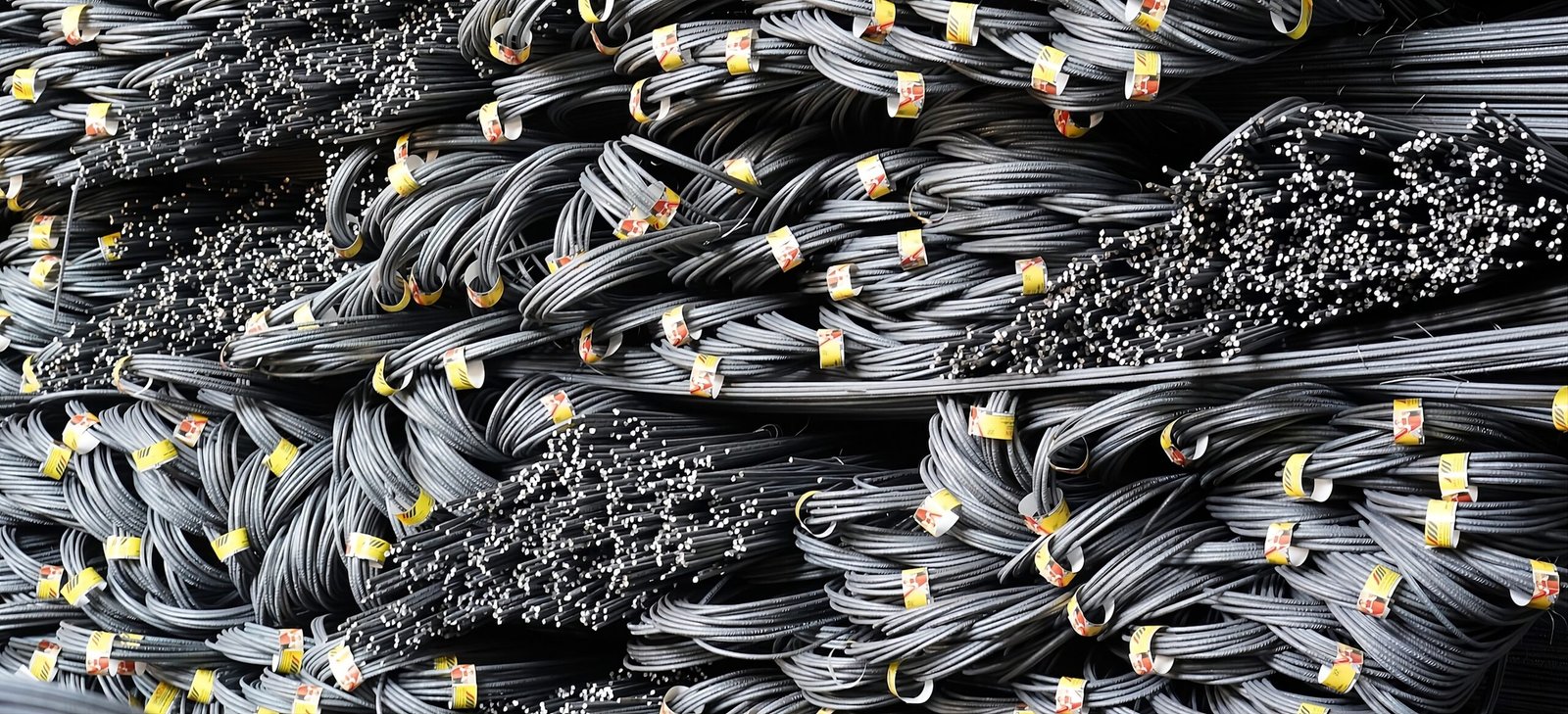Industrial properties offer stable income streams through long-term lease agreements with commercial tenants. These contracts often span multiple years, providing investors with predictable cash flow. Tenants in these facilities tend to be established companies with operational needs that require consistent space usage. Compared to residential or retail sectors, industrial leases often include built-in rent escalations and tenant responsibilities for maintenance, reducing landlord expenses. The steady demand for logistics, warehousing, and production facilities ensures ongoing occupancy. With clear contract terms and minimal interruptions, industrial assets consistently deliver dependable financial returns to investors over extended periods.
Long-Term Lease Agreements
Tenants of industrial properties typically commit to leases lasting five years or more. These extended agreements minimize turnover and provide a continuous income stream. The nature of industrial operations requires stability and space customization, encouraging businesses to remain in one location. Long-term leases reduce marketing and vacancy costs while offering landlords protection from short-term market fluctuations. Investors can also plan their financial strategies more accurately due to the security provided by lengthy tenant commitments. This feature makes industrial properties a preferred asset class for those prioritizing financial consistency and lower risk exposure.
Lower Vacancy Rates Compared to Other Sectors
Demand for industrial spaces remains high due to ongoing supply chain activities and the expansion of e-commerce. Unlike office or retail spaces, which may suffer from remote work trends or shifting consumer habits, industrial facilities remain essential. This steady demand leads to lower vacancy rates across industrial zones. Businesses rely on these spaces for logistics, production, and storage, making them less likely to vacate once established. Lower vacancies translate to better returns and reduced risk for property owners. Industrial properties continue to outperform other commercial segments in occupancy stability.
Reliable Rental Yields
Rental yields in industrial properties are often higher than those in residential or commercial office spaces. Industrial tenants value location, functionality, and space efficiency, which leads to willingness to pay competitive rates. Owners also benefit from lower maintenance expenses, increasing net returns. Additionally, tenants often cover a portion of operating costs, further boosting profitability. These consistent and favorable yields make industrial investments attractive to investors seeking regular income. Strong tenant retention and market demand help ensure rental rates remain competitive and sustainable over time.
Resilience Against Market Volatility
Industrial properties demonstrate strong resilience in times of economic uncertainty. Their core functions support logistics, distribution, and manufacturing, which remain essential regardless of market conditions. While other real estate sectors may experience fluctuations due to consumer spending or remote work adoption, industrial demand remains steady. Facilities close to transport hubs or major cities experience particularly strong occupancy rates. Investors benefit from a relatively stable asset class that can perform well during both expansions and slowdowns. This resilience adds a layer of security for those seeking dependable long-term returns.
Consistent Demand in Logistics and Manufacturing
Logistics and manufacturing remain vital to the movement and production of goods. Industrial properties support these operations by offering the necessary space and infrastructure. E-commerce growth, international trade, and just-in-time supply chains all contribute to a continuous need for industrial spaces. Companies depend on proximity to customers and efficient distribution, making location-specific industrial facilities especially attractive. Unlike office or retail spaces, which can fluctuate with trends, the demand for warehouses and production centers has remained steady. This consistency supports strong occupancy rates and long-term rental income.
Lower Sensitivity to Economic Fluctuations
Industrial real estate is less reactive to short-term economic changes compared to other asset classes. Essential goods must still be produced, stored, and delivered during downturns, sustaining demand for industrial facilities. Many tenants operate in sectors like manufacturing, logistics, and food production, which are considered fundamental. This makes industrial assets less prone to sudden vacancies or reduced rents. Investors benefit from stable performance even when consumer spending contracts. Reduced exposure to cyclical risk provides confidence to those seeking investment stability.
Cost-Effective Property Management
Industrial properties are easier and more cost-effective to manage compared to other real estate sectors. These facilities typically feature simple designs, durable materials, and minimal interior finishing. Maintenance requirements are generally lower, reducing operational expenses. Many tenants handle their own interior upkeep and some utilities under triple-net leases, lessening the property owner’s financial responsibilities. The straightforward management needs of industrial real estate make it an efficient option for investors looking to maximize returns while minimizing overhead. This efficiency adds value across the asset’s lifecycle.
Lower Maintenance and Operating Costs
Unlike residential buildings or commercial complexes, industrial properties often require less maintenance due to their basic structural layouts. Warehouses and manufacturing sites prioritize functionality over aesthetics, meaning fewer upgrades and minimal wear-and-tear concerns. Utility systems are streamlined, and landscaping needs are limited. These factors result in reduced operating costs for owners. Tenants in industrial spaces are usually responsible for a portion of these expenses, lowering the landlord’s burden. The cost-efficient nature of these facilities enhances profitability and simplifies property management.
Simpler Building Structures
Industrial properties typically consist of large, open spaces with high ceilings, concrete floors, and basic office components. These structural features are built for utility, not luxury. The simplicity of design means fewer components that could break down or require expensive repairs. Maintenance tasks such as roofing, lighting, and flooring are straightforward and cost-efficient. Basic layouts allow for easier inspections and quicker maintenance turnaround. Simpler buildings are also easier to adapt for future tenants, extending the life and usability of the asset with minimal investment.
High Demand Due to E-Commerce Growth
The rise of e-commerce has significantly boosted the demand for industrial properties. Online retailers require storage, packaging, and distribution centers located near major highways and urban areas. This logistical demand has led to a surge in warehouse development and long-term leasing activity. Businesses are investing in fulfillment centers that can meet increasing consumer expectations for fast delivery. Industrial properties serve as the backbone of this supply chain transformation. Investors benefit from this upward trend through increased property value and tenant interest in well-located spaces.
Increased Need for Warehousing and Fulfillment Centers
Warehouses and fulfillment centers have become essential due to online shopping growth. Companies must store large volumes of goods and ship them quickly to customers. Industrial properties provide the space and infrastructure needed for this process. High ceilings, loading docks, and open floor plans make these buildings ideal for inventory management and order processing. Fulfillment centers often operate around the clock, creating long-term demand for durable, accessible facilities. This growing need supports consistent rental income and property appreciation.
Strategic Locations for Distribution
Industrial properties located near highways, ports, and urban centers are in high demand. These strategic locations reduce transportation costs and delivery times, making them valuable for businesses managing supply chains. Proximity to consumers and logistics hubs ensures fast, reliable service. Tenants prioritize access to transportation routes, which influences lease decisions and long-term commitments. Investors benefit from these location advantages through increased leasing activity and higher property values. Well-placed industrial properties are critical assets in the evolving economy.
Attractive Returns and Asset Appreciation
Industrial properties consistently deliver strong returns and long-term asset appreciation. Their practical uses and high occupancy rates contribute to reliable income. As urbanization expands and e-commerce continues to grow, demand for well-positioned industrial assets rises. Investors benefit from capital appreciation and steady rental yields. Industrial real estate also attracts institutional investors, increasing overall market value. Asset performance remains competitive across economic cycles. With consistent revenue and growing interest, industrial investments present opportunities for wealth generation and portfolio growth.
Value Growth in Industrial Zones
Industrial zones located near key transport routes and urban centers have experienced steady property value growth. Infrastructure developments and increased business activity contribute to rising land and rental values. These areas are often part of government planning for economic development, further enhancing long-term viability. Investors benefit from both property appreciation and higher lease rates. Strategic acquisitions in high-demand zones generate substantial returns over time. The consistent upward trend in industrial property values supports wealth-building investment strategies.
Flexible Use and Future Adaptability
Industrial properties support a wide range of business functions, making them versatile assets. These buildings accommodate warehousing, manufacturing, assembly, research, and distribution. Their structural design allows for easy reconfiguration, attracting tenants with varying operational needs. As industries evolve, the ability to repurpose space becomes increasingly valuable. Investors benefit from lower vacancy risks and broader leasing opportunities. Adaptable industrial spaces also support long-term asset sustainability, maintaining relevance across different economic and business cycles.
Space Customization for Different Operations
Industrial tenants require specific layouts based on their business needs. These properties allow for interior modifications such as office buildouts, specialized storage, and assembly lines. Customization enhances tenant satisfaction and supports long-term occupancy. Owners can attract a wider range of businesses by offering flexible space options. This adaptability improves marketability and lease negotiations. A well-designed industrial property remains useful to various industries, securing rental income across different economic conditions.
Key Takeaway
Industrial properties present a reliable and rewarding investment opportunity. Their stable income, strong demand, and cost-effective management make them ideal for long-term portfolio growth. These assets perform well during market fluctuations and support tenant retention through adaptable space options. With rising e-commerce, strategic location advantages, and flexible design, industrial real estate remains a key component of modern infrastructure. The benefits of investing in industrial properties extend beyond financial returns—they offer resilience, scalability, and sustainability for future-focused investors.











Leave a Reply